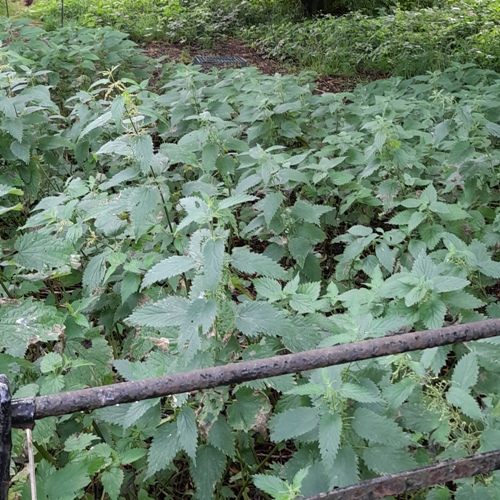Tigger's Green Paw
Stinging Nettles
Animal Safety: Dogs: No Cats: No Rabbits: No
Free Grazing: No, not poisonous, but can be an irritant
Lifespan: Nettle plants can grow for several years, sometimes up to 25 years. They grow as long thin closely grouped vines that grow up to 2m (6.5 feet) high. Nettles flower in the late spring to early autumn. The flowers can bbe white, green, cream, pale brown or purple. Their leaves have tiny hairs that cause an irritation to humans and animals. Some hairs come off the leaves and stick into the human or animal’s skin, which is what causes the irritant.
Stinging nettles grow in a variety of conditions, but they prefer damp, rich soil with lots of moisture. They can grow in full sun or partial shade, and they thrive in areas with lots of rainfall.
Nettles spread by growing underground stems along the ground, reaching up to 5 metres away. They also produce seeds that are spread by the wind and birds, such as finches.
Nettles are used by human for medicine, teas or as vegetables and in soups. However they need to be boiled or steamed to get rid of the hairs on the leaves that cause the stings.
Eating:
Dogs:
Dogs can be given nettles in their diet. They are usually processed in dried or chopped form.
Dogs occasionally chew on growing plants, which will result in some or all of the symptoms of foaming a the mouth, pawing at the mouth, vomiting and usually accompanied by whining. They also either walk through the nettles or even pee up against them. This causes much licking and whimpering hours later when you get home.
If your human is worried or you are particularly stressed, contact the vet for advice.
Cats:
Cats can have nettles in their diet in a processed form, such as dried, chopped or powdered.
Rabbits:
Rabbits can eat nettles and seem to be immune to the sting. As with all greens added to a rabbit’s diet, it must be occasional and only up to 10% of their normal daily intake. 


